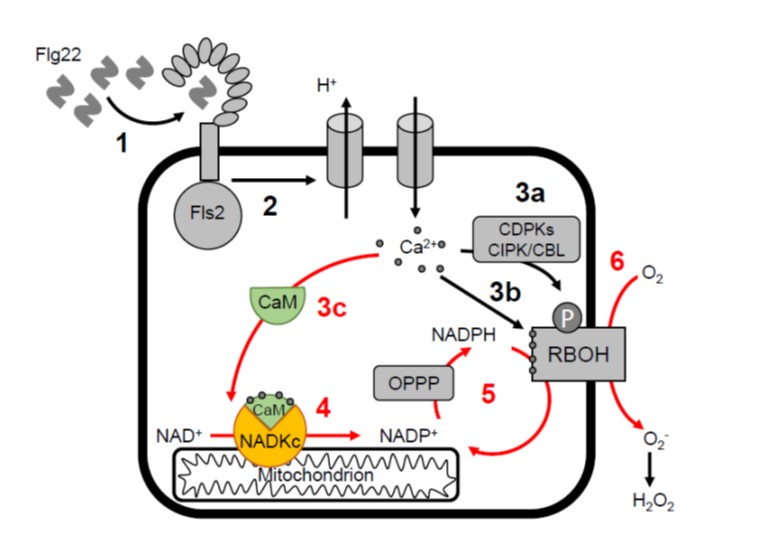
Identification of calmodulin-dependent NAD+ kinase that sustains the elicitor-induced oxidative burst (Plant Phys)
When pathogens attack, one line of defense is the production of a burst of reactive oxygen species (ROS) which triggers additional defences. ROS is produced by the action of NADPH oxidases, which require NADPH as a substrate; NADPH is derived from NADP+, but where does this come from? Previous studies…
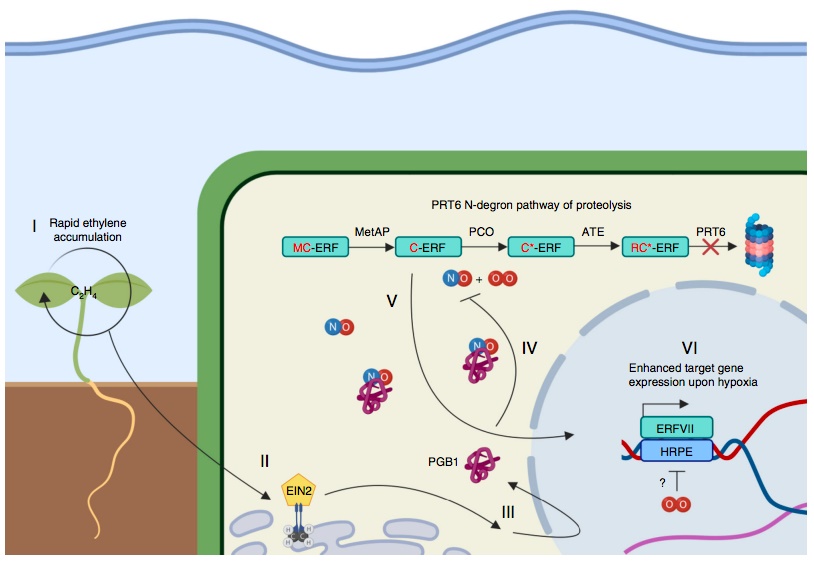
Ethylene-mediated nitric oxide depletion pre-adapts plants to hypoxia stress (Nature Comms)
Climate projection models predict an increasingly wetter world with frequent and severe flooding events, causing loss of crops. As it is for other organisms, it is a challenge for plants to stay under water for long periods. However, how plants react to submergence is poorly understood. Environmental…
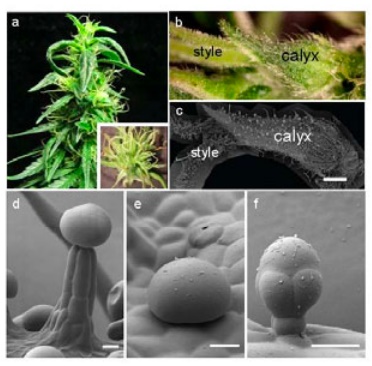
Cannabis glandular trichomes alter morphology and metabolite content during flower maturation ($) (Plant J)
The therapeutic and recreational applications of Cannabis sativa (Cs) attract public and clinical interest thanks to its secondary metabolites (cannabinoids and terpenes) synthesized and stored in glandular trichomes, hair-like epidermal protrusion densely concentrated in the flowers. Little is known…

Review: Structural biology of cell surface receptor–ligand interactions (COPB)
In recent months, a flurry of papers have come out that reveal new insights into the structural interactions of cell-surface receptors with each other and with their ligands. This timely review by Moussu and Santiago captures the highlights, in case you haven’t been following along. The review features…
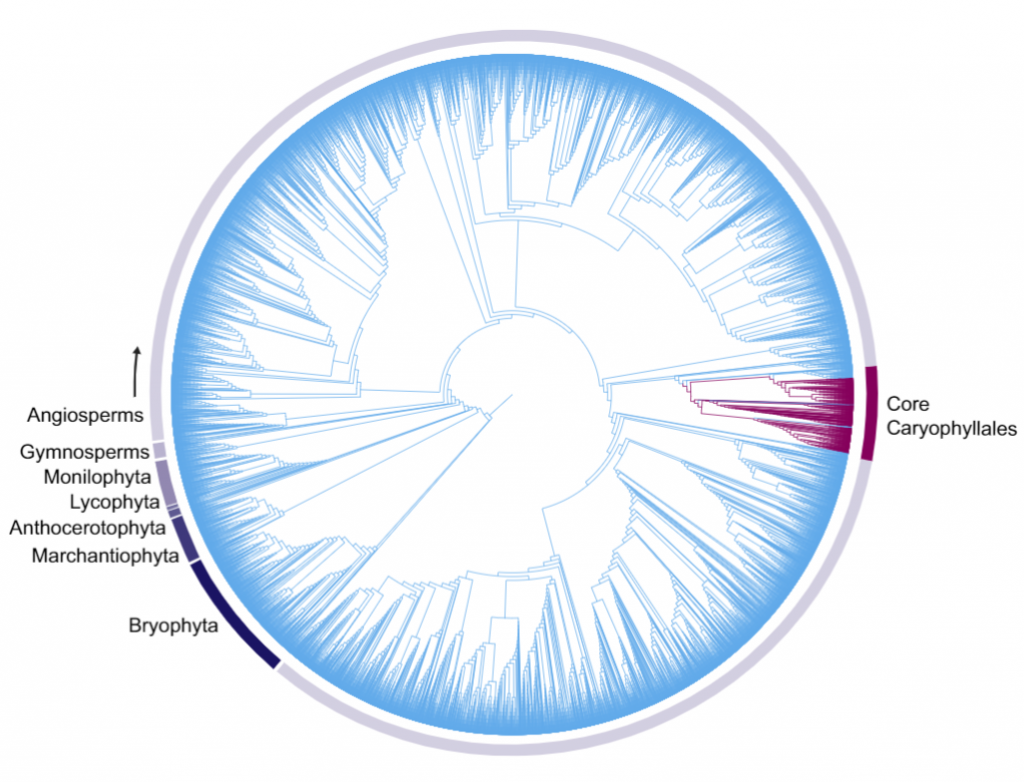
Review: The evolution of betalain biosynthesis in Caryophyllales (New Phytol)
In the flowering plant order Caryophyllales (which includes beets), betalains substitute for anthocyanins, which are the most common form of pigmentation across the land plant phylogeny. Also found in the Basidiomycota fungal lineage, betalains are tyrosine-derived pigments that comprise of two groups…
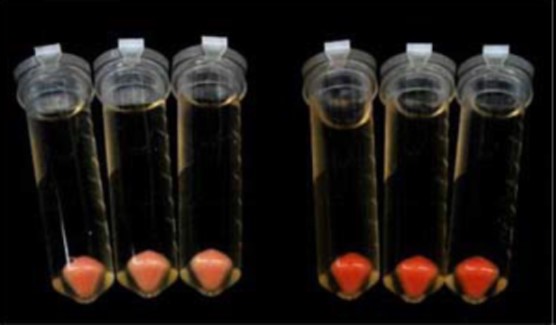
Critical residues for carotenoid biosynthesis by phytoene synthase (Plant Phys)
Carotenoids are diverse structures that contribute to photosynthetic light harvesting and serve as pigments, photoprotectants, and precursors for vitamin A and signalling molecules. Phytoene synthase is the first committed enzyme for carotenoid synthesis, and in tomato it is encoded by two genes, PSY1…
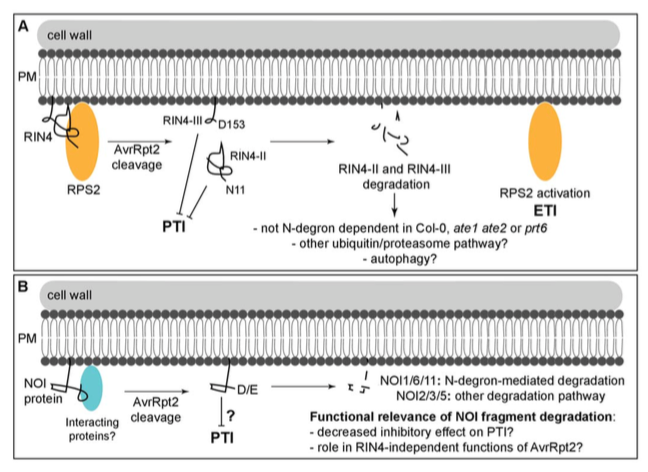
RIN4/NOI fragments utilize different N-end rules of degradation to fight off pathogens (Plant Physiol)
To fight off invading pathogens, plants such as Arabidopsis are intrinsically programmed with a subset of defense responses often known as pattern-triggered immunity (PTI) and effector-triggered immunity (ETI). AvrRpt2, an effector secreted by the pathogen Pseudomonas syringe, is a protease that can…
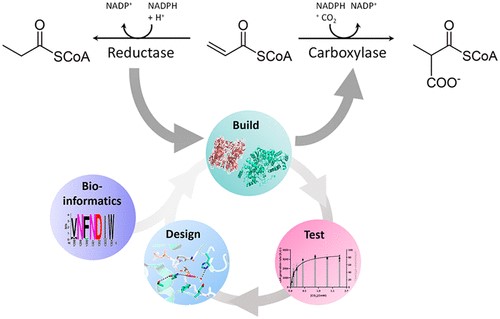
Awaking the sleeping carboxylase ($) (JACS)
One of the things I like most about synthetic biology is the “why not” attitude. This article by Bernhardsgrütter et al. is intriguing because rather than taking the standard “let’s fix Rubisco approach,” the authors started with a non-CO2 fixing enzyme and engineered it towards having carboxylase…
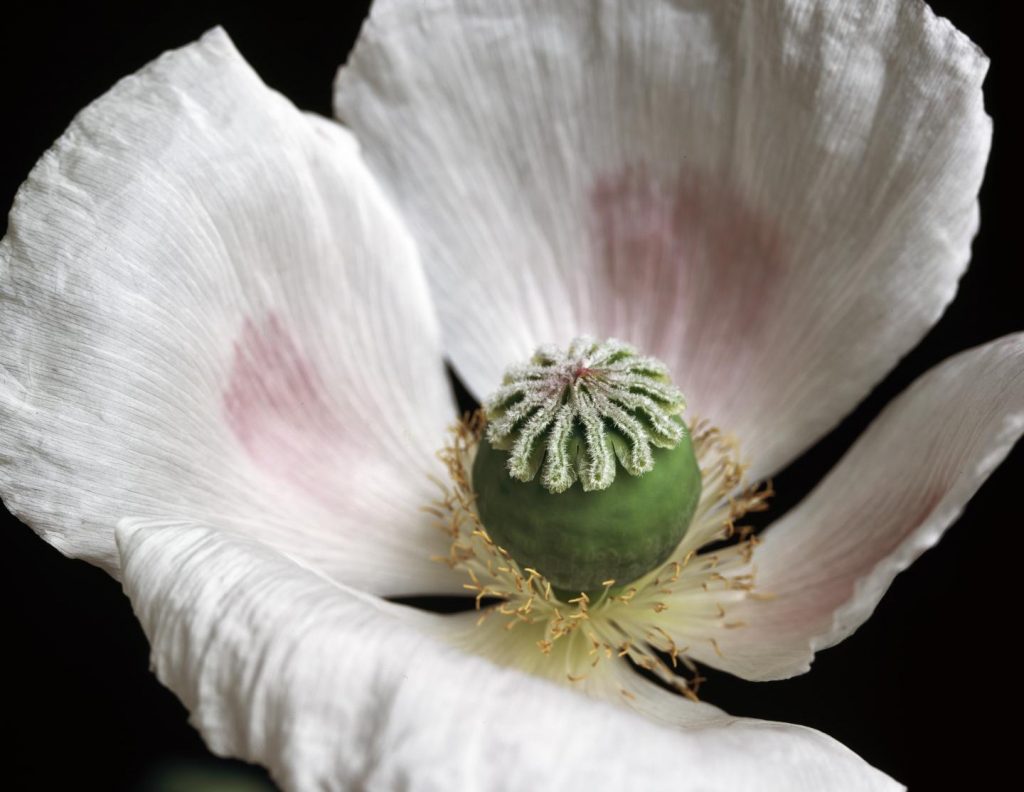
A bacterium that demethylates opiate thebaine for a green chemistry solution ($) (Nature Sustainability)
Opium poppies produce opiates including morphine and thebaine. Derivatives of these compounds can also have diverse beneficial properties. One of these, naloxone, is a competitive opioid receptor antagonist that can be administered to counteract the effects of opioid overdose. Because of the rise in…

